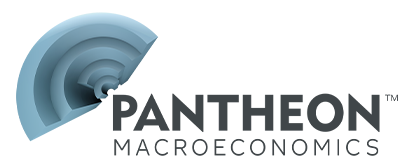- © 2025 Pantheon Macroeconomics
- Tel: +1 914 610 3830
Pantheon Macroeconomics
Best viewed on a device with a bigger screen...
Below is a list of our China+ Publications for the last 5 months. If you are looking for reports older than 5 months please email info@pantheonmacro.com, or contact your account rep
Please use the filters on the right to search for a specific date or topic.
Politburo signals urgency to stabilise domestic demand
Chinese exports resume solid growth to non-US markets
Japanese wages lifted by bonuses
In one line: China’s industrial profit recovery stalled as growth driver weaken in October
In one line: Bank of Korea stand pats on better growth prospects, higher inflation trend due to the weak won
In one line: Japan’s services and manufacturers face worsening inflation dynamics.
In one line: Korea’s WDA 20 day export growth moderates in November despite headline rebound.
In one line: Japan’s inflation and currency backdrop favours policy normalisation, but politics cloud a near-term BoJ hike.
In one line: China holds fire on LPR cuts amid banking NIM compression
In one line: China's October activity data show broad-based weakness, despite some positivity on the inflation and profits fronts
In one line: China credit growth softens further in October, pointing to ongoing real economy weakness.
In one line: China’s CPI turns positive in October on stronger-than-expected festive demand
In one line: China’s PPI deflation continues to ease in October, with pockets of good news in involuted industries.
In one line: China’s current account surplus widens in Q3 compared to a year ago on record goods exports.
In one line: China’s October FX reserves rise unexpectedly on equity inflows despite dollar strength
In one line: China’s export reversal led by weaker shipments to non-US markets, notably the EU.
In one line: China’s RatingDog PMI slips as export orders fall sharply in October amid renewed US trade tensions
In one line: Renewed weakness in Korean manufacturing sector in October; Trade/ investment deal eases outlook risks
In one line: Semiconductors and South America shipments drive Korea’s WDA export rebound.

independent macro research, China+ Document Vault, Pantheon Macro, Pantheon Macroeconomics, independent research, ian shepherdson, economic intelligence,